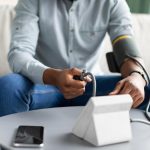
An epidemic of high blood pressure is occurring in young adults and children in the United States, a pair of new studies show. Nearly a quarter of people ages 18 to 39 have high blood pressure, with readings above the healthy level of 130/80, the first study found. Blood pressure is even a problem for school-age children, according to the second study. Nearly 14% of children ages 8 to 19 have elevated or high blood pressure, researchers found. Both studies were presented Friday at the American Heart Association (AHA) scientific sessions in Chicago. Such research should be considered preliminary until published in a peer-reviewed journal. “The prevalence of hypertension in young adults is stark, and social determinants of health amplify the risk for hypertension and subsequent premature cardiovascular disease,” said Dr. Bonita Falkner, chair of the writing committee for the AHA’s 2023 scientific statement on pediatric hypertension. In both studies, researchers used data gathered from 2017 to 2020 by the U.S. Centers for Disease Control and Prevention as part of its National Health and Nutrition Examination Survey. The first study looked at young adults’ blood pressure readings, as well as five factors that can influence health — poor education, low income, lack of health insurance, food insecurity and little to no employment. “Social determinants of health are the social conditions arising from where people are… read on > read on >










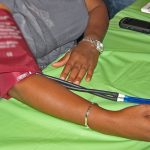
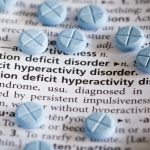
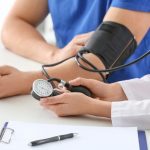

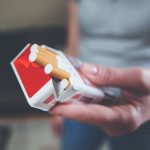

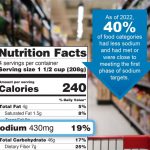

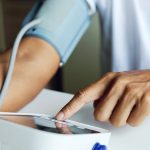








-300x200.jpg)










